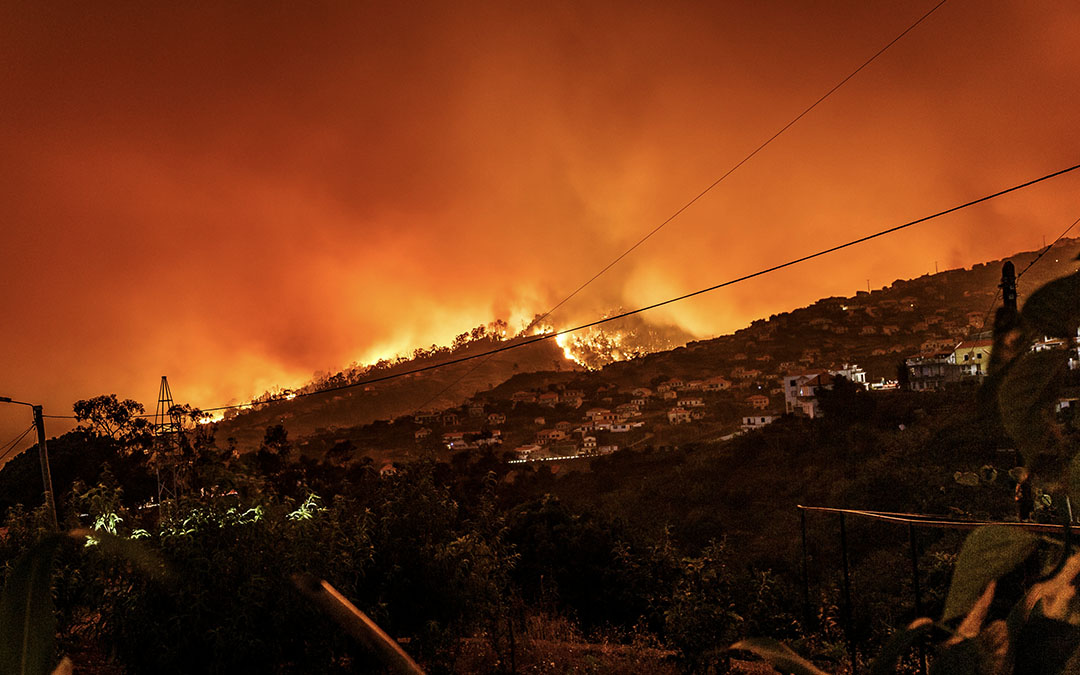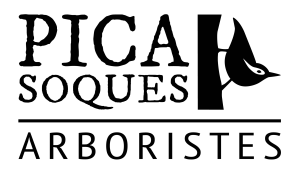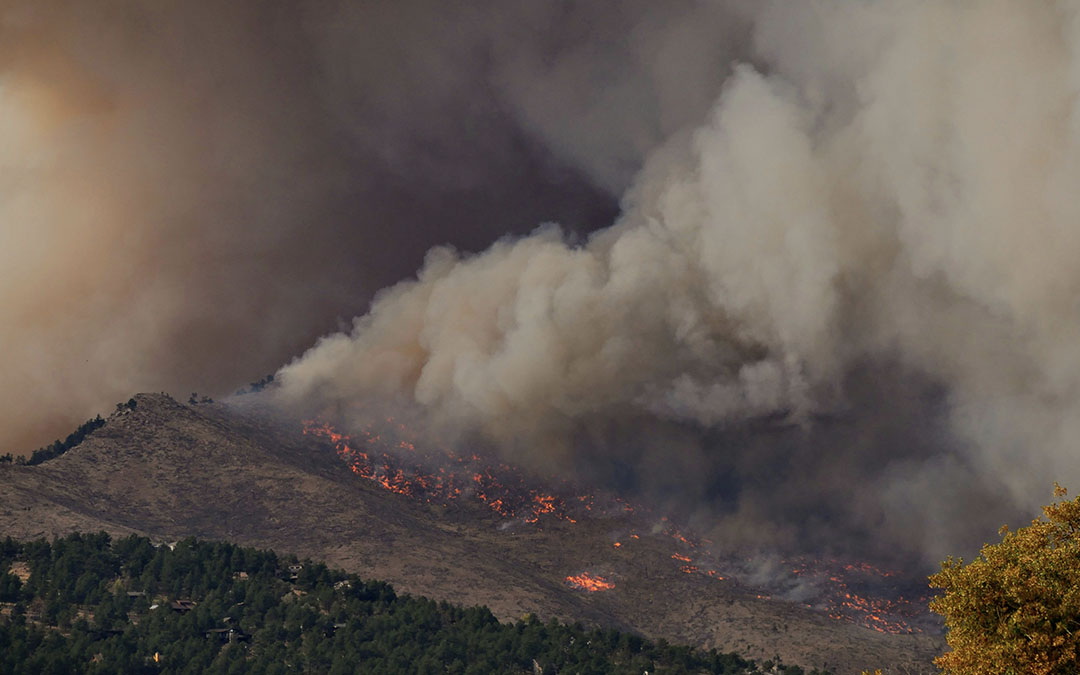Forest fires are a constant threat in Catalonia and throughout the Spanish Mediterranean basin. These regions, known for their natural beauty and ecological diversity, are also highly vulnerable to fires due to their warm and dry climate, especially during the summer months. Fires not only endanger human lives and local wildlife and flora, but can also cause devastating damage to properties and severely disrupt natural ecosystems.
In this Mediterranean area, where vegetation is abundant and often dense, clearing becomes an essential preventive measure to reduce the risk of forest fires. Clearing involves removing excess vegetation, such as brush, tall grasses, and shrubs, which can act as fuel for fires. This practice not only helps prevent the spread of fires but also creates natural firebreaks that can protect inhabited areas and critical infrastructure.
Although forest fires cannot be completely avoided, many preventive measures can be taken to minimize the risk. One of these measures is clearing, which, when carried out properly and regularly, can make the difference between a small, controllable fire and a devastating wildfire.

The Importance of Clearing for Forest Maintenance
Clearing is an essential task for preventing forest fires, as it removes flammable organic material, such as dry vegetation, dead branches, and accumulated litter on the ground. This organic matter acts as fuel during forest fires, rapidly spreading flames and making the fire more difficult to control.
Clearing around inhabited areas, forest paths, recreational zones, and other valuable environmental areas is crucial for creating protective barriers and reducing the speed at which forest fires spread. Additionally, clearing can improve accessibility for firefighting teams and increase the chances of controlling fires before they become uncontrollable.

Practical Tips and Effective Clearing Techniques
It is important to note that clearing is not just about cutting vegetation indiscriminately. It requires careful planning and the use of specific techniques to ensure that it is done safely and effectively. Furthermore, it is a shared responsibility involving private landowners, public administrations, specialized companies, and, in some cases, volunteers and local associations.
- Prior Planning: Before starting the clearing process, it is important to inspect the area and develop a detailed clearing plan. This includes identifying critical areas that require immediate clearing and determining the appropriate techniques and tools for the task.
- Safety Equipment: Always use proper personal protective equipment, such as gloves, safety goggles, long trousers, and sturdy boots. In areas with a fire risk, it is advisable to use fire protection equipment, such as gas masks and respiratory gear.
- Clearing Techniques: Several clearing techniques can be used, including selective cutting of shrubs and trees, mechanical clearing with brush cutters or mowers, and controlled clearing through the use of prescribed fire. Combining various techniques can be most effective for clearing extensive and diverse areas.
- Waste Management: An important aspect of clearing is managing the waste generated. Make sure to collect and properly dispose of the vegetation and cut branches, either through chipping, transporting to composting areas, or appropriate disposal at authorized sites.
- Regular Maintenance: Clearing is not a one-time task but requires regular maintenance to ensure long-term results. Establish a regular clearing schedule and keep the cleared areas maintained throughout the year.
Clearing is an investment in the safety and protection of our forests and communities. With proper planning and the use of effective techniques, we can minimize the risk of forest fires and preserve the beauty and health of our natural ecosystems. At Picasoques Arboristes, we specialize in forestry work such as thinning and clearing. Contact us for more information. And remember, prevention is the best weapon against fire!


